Summary
This area is known for its variety of fish species, including largemouth bass, crappie, bluegill, and catfish. The site is open year-round, and the best time to visit depends on the type of fish you want to catch. Spring and fall are the best times to catch largemouth bass and crappie, while summer is ideal for bluegill and catfish.
The Skidmore Day Use Fishing Site is also a great spot for family-friendly recreation activities, such as hiking, picnic areas, and nature trails. Additionally, fishing tips for this area include using jigs, worms, and live bait. Fishing at sunset or sunrise is also recommended for the best catch.
The average temperature for this area during the spring and fall months is around 75-80 degrees Fahrenheit, making it a comfortable time to visit. During the summer months, temperatures can reach into the high 90s, but early morning or late evening fishing can still be enjoyable.
Overall, the Skidmore Day Use Fishing Site is a fantastic fishing destination in Arizona that offers plenty of fish species and recreational activities for visitors of all ages.
Weather Forecast
Nearby Streamflow Levels
Angling Safety Guidelines
Check local fishing rules, seasons, size limits, and license requirements to ensure legal and sustainable angling.
Handle Fish Responsibly
Use wet hands, minimize air exposure, and release fish gently to improve survival rates when practicing catch-and-release.
Choose the Right Gear
Match your rod, line, and tackle to the species and conditions to increase success and reduce unnecessary harm to fish.
Respect the Waterway
Avoid disturbing habitat, prevent bank erosion, and keep a safe distance from spawning areas to protect ecosystems.
Keep It Clean
Pack out all line, hooks, bait containers, and trash—discarded gear can injure wildlife and degrade waterways.

 Prairie Lane Fishing Site
Prairie Lane Fishing Site
 Black Canyon Fishing Site
Black Canyon Fishing Site
 Bignotti Picnic Site
Bignotti Picnic Site
 Sheeps Crossing Fishing Site
Sheeps Crossing Fishing Site
 Mingus Lake Day Use / Fishing Site
Mingus Lake Day Use / Fishing Site






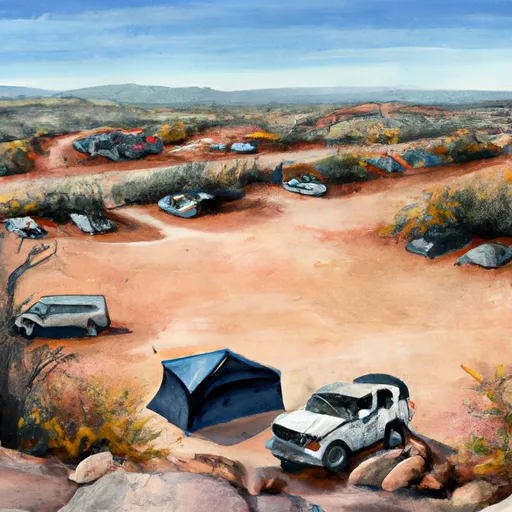 Thousand Trails Rd Dispersed
Thousand Trails Rd Dispersed
 Dead Horse Ranch State Park
Dead Horse Ranch State Park
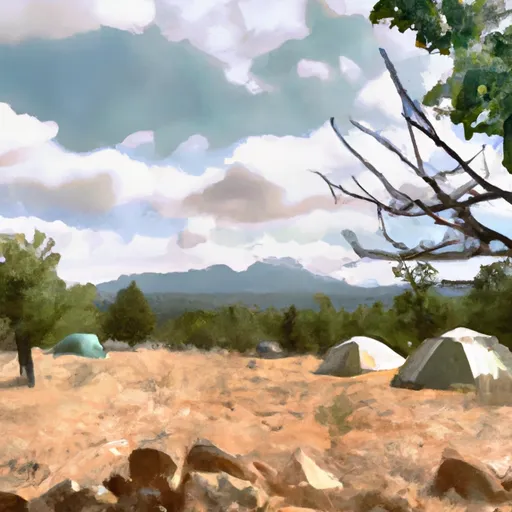 Mingus Mountain Campground
Mingus Mountain Campground
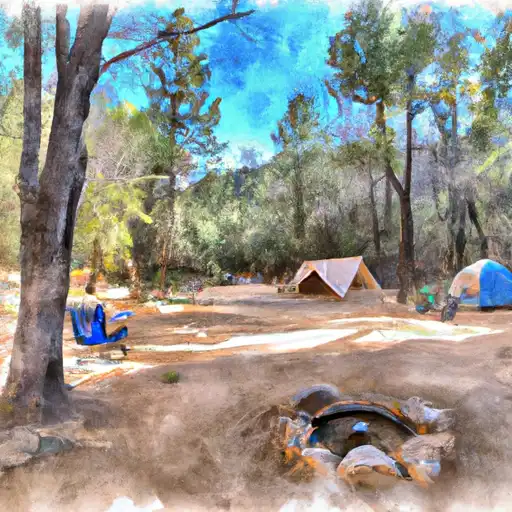 Mingus Mountain
Mingus Mountain
 Playground Group Campground
Playground Group Campground
 Powell Springs Campground
Powell Springs Campground
 Phoenix Cement Dam #1
Phoenix Cement Dam #1
 Cottonwood Kids Park
Cottonwood Kids Park
 Dead Horse Ranch State Park
Dead Horse Ranch State Park
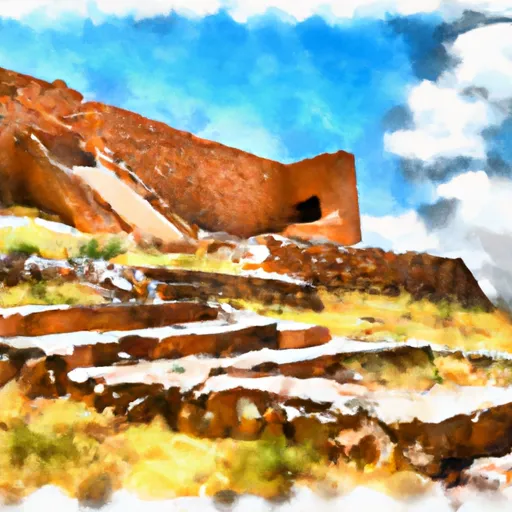 Tuzigoot National Monument
Tuzigoot National Monument
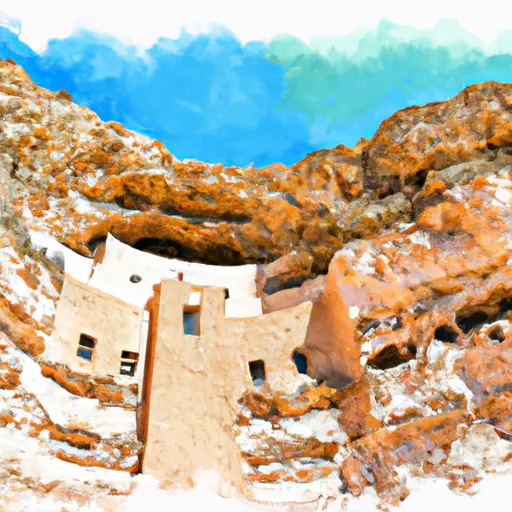 Montezuma Castle National Monument
Montezuma Castle National Monument
 Jerome State Historic Park
Jerome State Historic Park